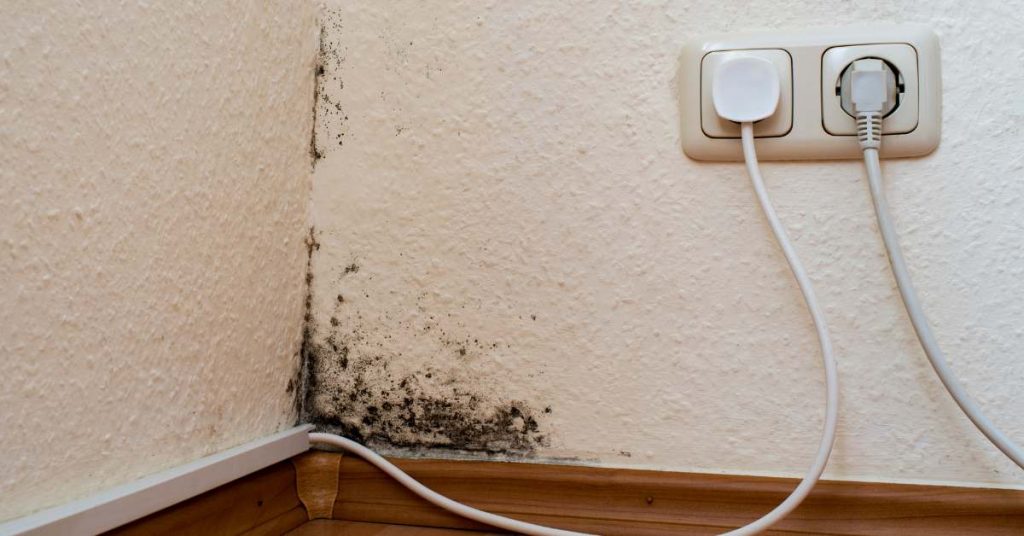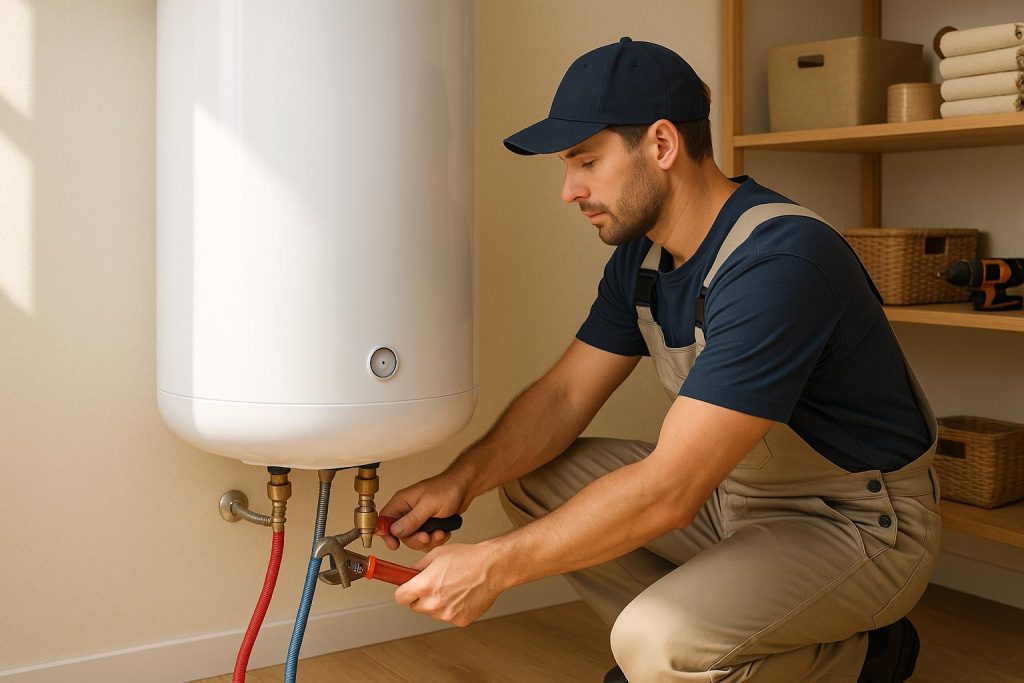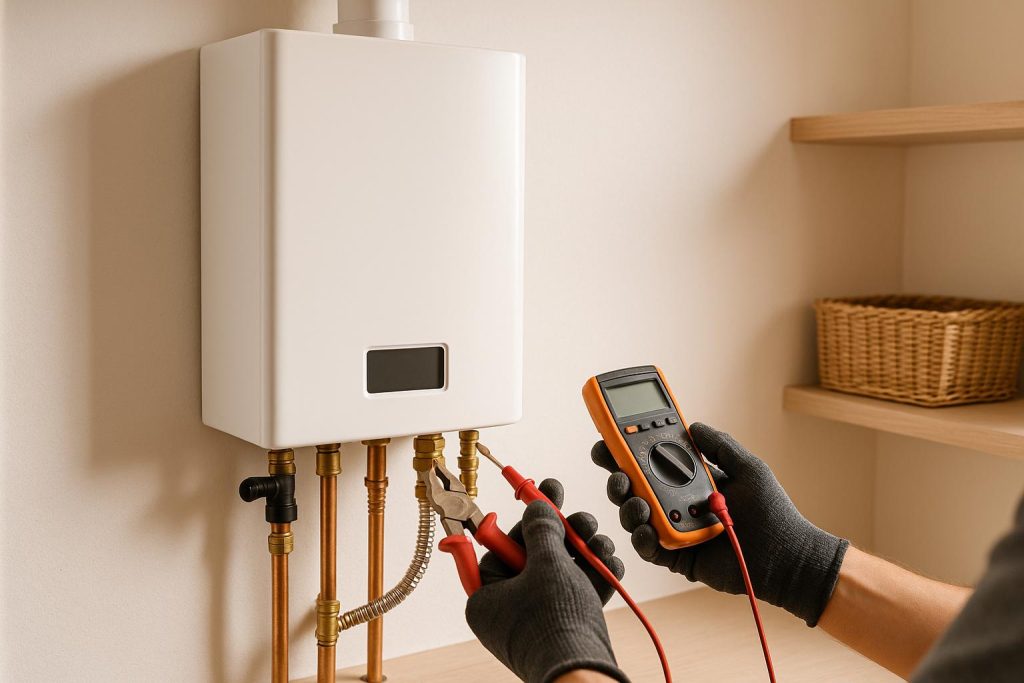
While humidifiers can improve indoor air quality by adding moisture to the air, improper use or maintenance can lead to mold growth. Here’s a summary of how humidifiers can cause mold and the steps to prevent it:
How Humidifiers Cause Mold
- Excess Moisture: Humidifiers release water vapor into the air. If the humidity level in the room becomes too high, it creates a conducive environment for mold growth on surfaces and in the water reservoir of the humidifier.
- Lack of Cleaning: Failing to clean and disinfect the humidifier regularly can allow mold, bacteria, and mineral deposits to accumulate in the unit. As these contaminants circulate in the mist, they can settle on surfaces and promote mold growth.
Preventing Mold in Humidifiers
- Frequent Cleaning: Clean the humidifier according to the manufacturer’s instructions. Empty and rinse the water tank daily, and disinfect it at least once a week using a vinegar or hydrogen peroxide solution.
- Use Distilled Water: Consider using distilled or demineralized water in your humidifier to reduce mineral buildup. Tap water contains minerals that can promote mold growth when released into the air.
- Replace Filters: If your humidifier has a filter, change it regularly as per the manufacturer’s recommendations to prevent the accumulation of contaminants.
- Proper Ventilation: Ensure proper room ventilation to disperse moisture evenly and avoid excessive humidity buildup.
- Maintain Humidity Levels: Monitor indoor humidity levels using a hygrometer. Aim for a comfortable range (around 30-50%) to prevent over-humidification that can lead to mold growth.
- Regular Inspections: Routinely inspect the humidifier for any signs of mold or mildew, especially in the water reservoir or on the unit’s surfaces. If you see any, clean and disinfect it immediately.
- Dry the Unit: When not in use, completely dry the humidifier to prevent moisture accumulation. Avoid leaving water sitting in the reservoir for extended periods.
How Humidifiers Work

It is very simple to understand how humidifiers work and why they can cause mold in a house. These devices evaporate water before releasing it to the house in the form of a mist/fog.
Usually, humidifiers are used in houses during winter. That is because relative humidity in air reduces with a reduction in temperature. Relative humidity is highest in summer when temperatures are also at their highest.
Usually, mold are more likely to be a problem during summer months since the air is both warm and humid. However, air conditioners help to remove moisture from the indoor air and when humidity is still high, dehumidifiers are used to lower humidity to acceptable levels.
When winter kicks in, the air’s potential to hold moisture reduces. Relative humidity especially in arid areas becomes really low. Low humidity is just as bad as high humidity.
The effects of low humidity are dry and itchy skin, respiratory infections, dry eyes, static electricity, nasal congestion, nose bleeding, cracking wood products and brittle books and artwork.
By releasing moisture in the air, a humidifier increases the relative humidity thereby preventing the above effects. However, if the humidity levels in the house increases more than the ideal levels, mold is likely to grow in the house.
Apart from humidifying a room, humidifiers can be used to cool a room. By releasing the moisture in the air, evaporation occurs and heat is taken from the room.
Humidifiers, especially evaporative humidifiers work like evaporative coolers. With evaporative coolers however, you are advised to open a window so that the humid air can escape to the outdoors while allowing in fresh and dry air (and evaporative coolers are only used in arid areas where humidity is low).
Using humidifiers to cool a room (during summer) will definitely increase the relative humidity of the room and thanks to the warmth already inside the house, mold spores will start growing on the damp surfaces in your house.
How Humidifiers Cause Mold

It is important to remember that mold can grow inside a humidifier (if it is not cleaned properly) but a humidifier can also cause mold to grow inside the house if too much moisture is released indoors.
To understand how humidifiers cause mold, you first need to know the conditions which favor mold growth. They are:
- Moisture
- Oxygen
- Food
- Darkness
- Warmth
- Mold spores
Mold spores are ever present in the air. They are too tiny to see with a naked eye but are always there looking for a conducing environment to start growing.
Moisture presence is one of the requirements for mold to grow. Humidifiers work is to release moisture in the air, and you need a humidifier if the air in your house is too dry.
So, how can you ensure that the moisture from your humidifier does not become a source of mold in the house?
It is good to monitor the relative humidity in the house throughout. The ideal indoor humidity is between 30% and 50%. Mold start growing when the relative humidity exceeds 55%.
Oxygen/air is another requirement for mold grow. There is not much you can do about the oxygen levels in your house since you also need it to survive.
The good thing is that oxygen on its own cannot cause mold to grow. Other conditions need to be present.
Mold does not thrive in cold environments. They need warmth to grow. Although winters are really cold, almost every house will have a source of heat during winter.
Mold grow well in temperatures between 60 and 80 degrees Fahrenheit, which are also the ideal indoor temperature for most people. Again, there is nothing you can do about this fact since you can’t freeze yourself in order to prevent mold.
Mold, just like other living organisms will need a source of nutrition. Molds will find their food from just about any surface they come into contact with like wood products, carpets, walls and clothing.
Mold also thrives in dark places. Unlike green plants, molds do not require light to process their food. If anything, light can inhibit their growth. They grow well in dark areas and your house has plenty of them.
So, what causes mold inside humidifiers?
The number one cause of mold inside humidifiers is dirty water. If you don’t clean a humidifier regularly and change the water, mold can grow in as little as 2 days and contaminate the indoor air with mold spores.
These mold spores can cause the following conditions:
- Asthma
- Hay fever
- Sneezing
- wheezing
- Congestion
- Eye, throat and skin irritations
If you inspect your humidifier and notice black or green spots (sometimes even pink), you definitely have mold in your humidifier. A musty smell from a humidifier is another good sign of mold presence.
How to Prevent Mold When Using a Humidifier
Humidifiers are definitely very useful when dealing with dry air. If properly used and cleaned, they will definitely not cause mold in the house.
The following are some of the best ways to prevent mold when using a humidifier:
1. Keep an Eye on Indoor Humidity

Like I said, molds start growing when the relative humidity exceeds 55%. You should therefore make sure that your indoor humidity does not exceed that point.
The best humidity levels during the months of winter is between 30% and 40%. However, the most ideal humidity levels for the months of summer is between 40% and 50%.
There are many devices available in the market for monitoring humidity. A humidistat is however the best one for that job. You can also install a thermostat which indicates both humidity and temperature.
2. Use Distilled Water
Water from faucets contains minerals and other impurities which enable mold spores to grow. Distilled water contains less minerals compared to water from your supply lines which makes it almost impossible for mold spores to grow.
Apart from causing mold in the humidifier to grow, using water straight from faucets causes a white powder inside the humidifier, which is usually calcium deposits. These minerals can also be released in the air and breathed in.
3. Regularly Clean the Humidifier
I would recommend cleaning your humidifier at least twice a week. That is a sure way of ensuring that molds do not get a chance to multiply inside the humidifier by removing any films or mineral deposits.
To clean a humidifier, fill it up with equal parts vinegar and water and let it sit for an hour. You can then scrub hard to remove any form of buildup in any part of the humidifier.
Apart from a vinegar, you can also use a 3% hydrogen peroxide solution or even chlorine bleach. The goal here is to kill the mold inside the unit and prevent it from multiplying, which usually happens rapidly.
4. Change Filters Regularly
Humidifiers have a filter for filtering the water before the mist is released in the house. You can therefore expect the filter to get clogged and because it is always moist become a breeding ground for mold.
You should therefore replace the humidifier filter as often as the manufacturer recommends. Check out the user manual on how often you should change your humidifier filter.
5. Store the Humidifier the Right Way
If you are done using your humidifier and it is time to store it, you should make sure that you store it clean and dry. Failure to do that mold will find a haven to grow.
Start by pouring out the remaining water then thoroughly clean each part of the humidifier. Wipe down the entire unit until it is dry and only then should you store it.
Wrap Up
And basically that is how a humidifier can cause mold and how to prevent it. I hope that this guide was helpful.





